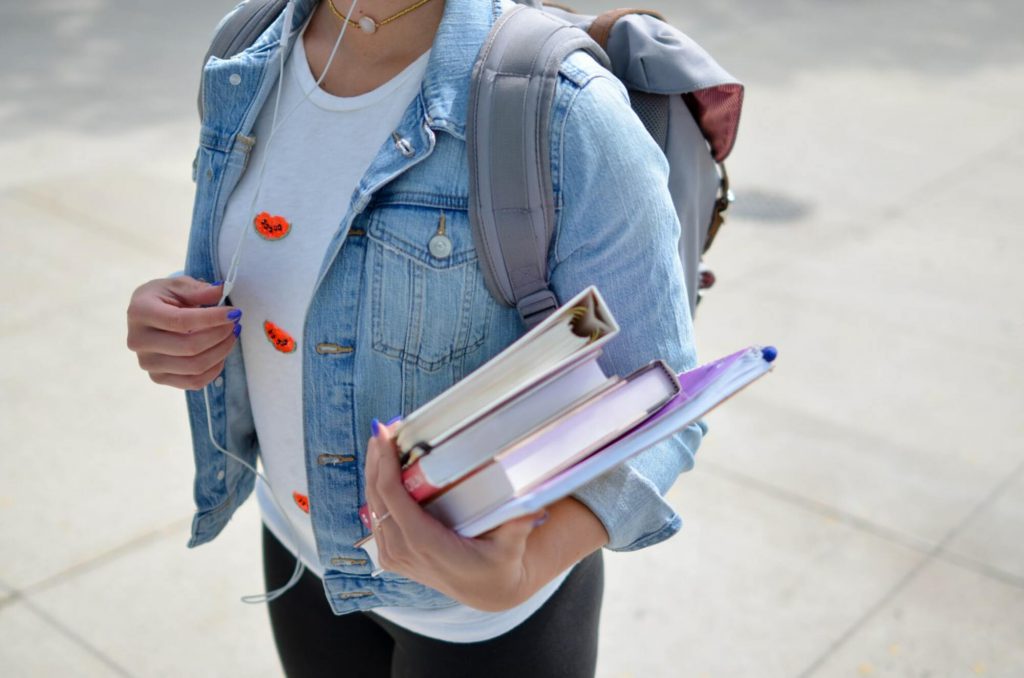For those considering moving to Argentina with their family, it will be interesting to know about the country’s education system. Argentina has an extensive government system of free education. The Ministry of Education, in turn, maintains the national governing policy of the system, and curricula are adopted at the provincial level. The education system in Argentina is one of the best in Latin America, with a literacy rate of 98%. It is especially useful for emigrants who came to live in Argentina with children, whom the parents intend to send to study in local educational institutions. There are 57 training centers in the capital, which are located in churches, public libraries, and sports district complexes.

The structure of the education system in Argentina
Argentina has a complex education system that is divided into the following four levels:
- Preschool education
- Initial
- Average
- Higher
Preschool education in Argentina
Early childhood education in Argentina is divided into two stages, the first is Jardín Maternal, which accepts children over 45 days old and up to three years old. The second is Jardín de Infantes, a kindergarten with children from three to six years old.
Argentina has both free public kindergartens and private ones. Payment in private childcare institutions may differ and often depends on how long the child is in the institution.
Many schools in the country often open kindergartens based on their educational institution, to prepare students directly for their primary school.
Primary education in Argentina
From the age of six, the child begins to study in elementary school. The study period takes 6-7 years, depending on the province. The academic year begins in March, followed by a short winter vacation (2 weeks) in July. After the holidays, the academic year continues until December.
Knowledge is assessed on a ten-point system. The educational process at the school begins at 8 am with a solemn line, where the national anthem is collectively performed and the national flag of Argentina is raised. Also, children can study on the second shift, which lasts from 13-00 to 17-00, the break between lessons is 10 minutes.
The primary education system (primaria)cycles
- The first, which includes 1st, 2nd, and 3rd grade;
- the second – respectively 4th, 5th, and 6th grades
The level of knowledge at the end of the academic year is assessed by a test program. A positive test result indicates that the student is promoted to the next grade. To receive a document of completion of the primary education level and move on to the next “Intermediate” (Secundaria) level of education, the child must also take a series of tests.
At the time of submission of documents to school, the child must be 6 years old. Parents are required to submit the following documents:
- Child’s ID (Documento Nacional de Identidad) or photocopy of birth certificate;
- Medical certificate of the child’s health (Libreta Sanitaria Materno-Infantil) with a statement of the availability of vaccinations;
- Other documents required by the school.
Public schools in Argentina
Even though public schools are free, parents of children in such schools have to buy their textbooks and student uniforms. The public school uniform is a kind of white robe that is worn over the student’s clothing. In public schools, the student must wear the uniform until the age of 12. Public schools, unlike private schools, do not have school buses. All subjects are taught in Spanish.
At the same time, the curriculum in public schools is mostly outdated and very voluminous, which is not entirely effective for the assimilation of material by children. Besides, the resources allocated by the state do not always reach schools in full. This is reflected in the lack of equipment, physical education lessons, and art classes. Some public schools in major cities that do offer art, physical education, or music lessons tend to be overcrowded. Instead of a maximum of 30 people in classes, up to 50 children can be taught.
Because such schools have a larger number of classes, lessons may end much later. Another disadvantage of public schools is that teachers and school attendants may periodically go on strike, demanding higher wages. As a result, the educational process stops, and children do not attend school in such cases. Many emigrants often choose private schools for their children, where such problems are not observed.
Paid private educational institutions in Argentina
Paid and international schools in Argentina are funded by various organizations or churches. The curriculum of such schools is more in line with modern realities. The length of the school day in private schools is much longer due to the availability of more subjects. Also, teaching is offered not only in Spanish but also in English. For example, there are several such schools in the cities of Rosario and Cordoba.
Also, there are schools where teaching includes three languages. These are mainly international private schools, where training is carried out according to the curricula of the UK, USA, Germany, France, Japan, and other countries. Most of the private schools are located in the largest cities in Argentina: Buenos Aires, Cordoba, and Rosario. Interestingly, not all private schools provide children with textbooks and stationery, so parents have to buy them themselves. Each private school has its sample of a school uniform, which parents can buy for a child only in this school.
Tuition fees in private schools may differ, so a month it can range from 100 Argentine pesos and go up to 500 USD. Payment is calculated based on how long the classes take (4 or 7 hours a day), as well as on the number of additional subjects attended by the student. Parental payments must be made between the 5th and 10th of each month. For late payment of tuition fees, the school charges a penalty.
Electives and sections in schools are classes in the choir, gymnastics, or dancing. Among the sports sections, the most popular are football and volleyball.
You may also like these related articles:
